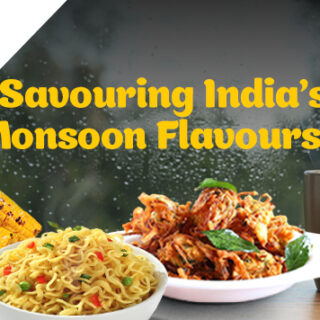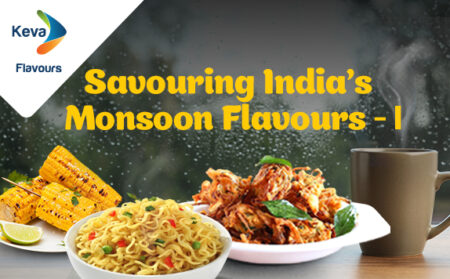
FEMA GRAS Compliant Substances for Flavours
Public safety is the highest law.
Growing awareness among consumers puts a lot of obligations on the companies and the regulatory authorities as the trust in safety has to be maintained. It is only through this trust in the safety of food that has enabled some top brands to survive through hard times.
When we talk of flavourings, which are added to foods in very small quantities that consumers feel safety priority has only been given to materials that form the larger proportion of formulation. However, this is not true. Food safety is the priority of all and it does not spare any materials, albeit in minute quantities. Flavours are one such material which though consumed in minute quantities still they are highly regulated. No compromises can be made where there are concerns with the risk assessment of the materials used for the flavourings.
Any flavouring agent is a mixture of many flavouring substances which can be synthetically made by chemical reactions or extracted from natural substances. However, there are safety evaluations carried out for all. There is always the question of who gives the approval to use these materials in foods; as when these materials are in nature they are in a complex matrix but when the individual component is taken out, it may not have the same effect as it had in the complex matrix. This effect can be positive or negative. So who would evaluate these effects and give it a green light to go ahead for it is safe to be used in flavours? Well, many scientists have thought about this question and for centuries now this has been a concern. This led to some eminent scientists to come forward and form a team of evaluators of the food additives. These eminent scientists were known as the poison squad that would evaluate the different chemicals that went into food as additives and preservatives. These ranged from salicylic acid, formaldehyde to boric acid, etc. Members of this poison squad consumed food with the additives, the dosage of those additives were gradually increased until they noticed signs of illness or discomfort. One can only imagine how a soup with formaldehyde added might taste.
The efforts of this poison squad and the results that came out of such a study led to the approval of the Pure Food and Drug Act in 1906 and eventually it created the present U.S. Food and Drug Administration (FDA).
On the similar lines of the Poison Squad, an expert panel was formed by the Flavours and Fragrances Manufacturers Association (FEMA) to evaluate the safety of flavouring agents. Since the practice of poison squad cannot continue as human life cannot be used for such evaluations, also with the increased availability of data, scientific knowledge and scientific evaluations; FEMA expert committee was formed in 1909. This FEMA expert committee independently verifies the safety of the materials to be used in flavourings. It is a group of doctors, scientists, and researchers and all sort of particular experts having a thorough knowledge of the safety evaluations that are needed for human health. These evaluations are reviewed at regular intervals as new data becomes available and so there is a continuous process of safety evaluation going on for the materials, it is not just a onetime process.
Flavourings also use GRAS substances (Generally Recognised As Safe substances) as these are substances that have been consumed as food or as a part of food and thus have a safe history of consumption. These ingredients are also approved by FDA to be added directly to food.
Ultimately one should remember that it is a moral responsibility of all to look after the safety of their consumers, also there is additional regulatory requirements and laws of the land to be complied with. Finally, with the safety concern of the flavouring substances, it is less of a concern as FEMA and GRAS substances are assured to be safe for flavour use.
ArrayKeva has an extensive flavour shop for various food and beverage applications, besides a team of expert flavourists and food technologists for creating custom flavours and matches. To partner with us, contact Keva today.
- Pinned
- Recent


 Taste of Traditions
Taste of Traditions17 May 2024






 Energizing Trends of the Energy Drink Market
Energizing Trends of the Energy Drink Market31 May 2024
Blog Archive
-
2024
June (2)
May (2)
April (1)
March (1)
January (1)
2023
2021
-
September (1)
August (1)
2020
-
October (1)
September (1)
August (1)
March (2)
February (2)
January (3)
2019
-
November (2)
- Process Flavours
October (1)
July (1)
May (1)
March (2)
February (2)
January (1)
2018
September (1)
July (1)
May (1)
April (2)
March (2)
February (2)
January (2)
2017
November (2)
October (2)
Disclaimer
The statements, views, thoughts and opinions expressed on blog or social media are those of the author and do not necessarily reflect the official policy or position of Keva Flavours or its parent organisation. The company does not take any responsibility for the views of the author.


